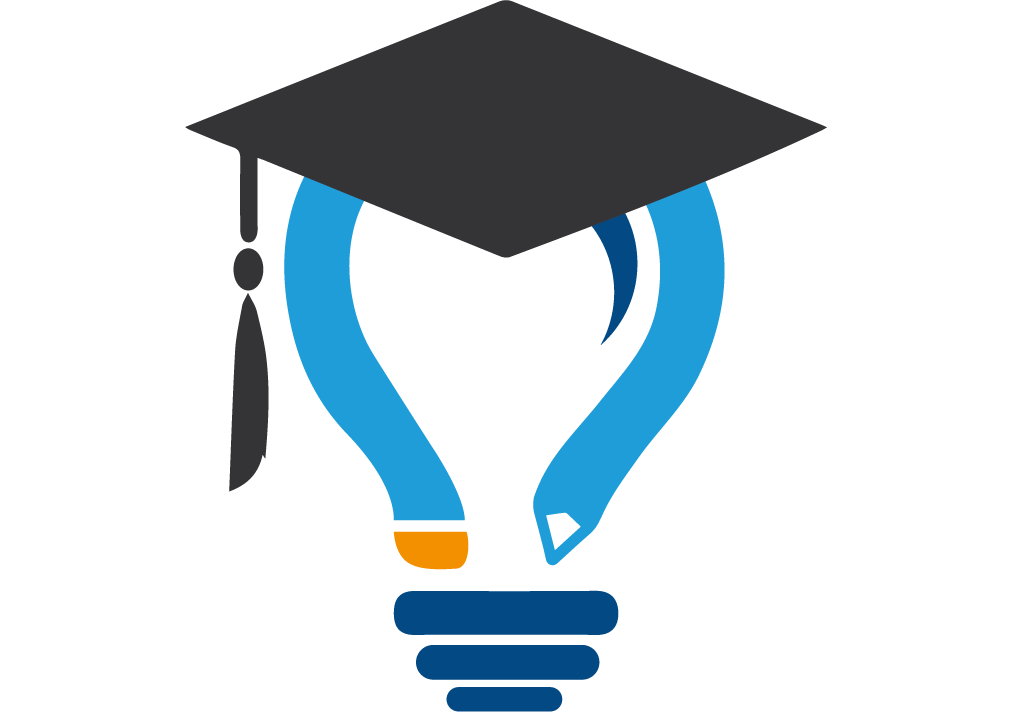It is common in schools not to count with defined procedures for the various executable processes. The same effect can be manifested in several other types of companies as well. The truth is that creating, implementing, documenting, and following processes and procedures require an extra effort continuously from the employee. And not a few of them are in the workplace only to do what they have to do and nothing else.
By reviewing several good practices for technology integration in education over the past few years, I have realized that it falls into the same category as in any production company. In the logic that tech integration requires a well-defined process that has to produce a result; and that this effect has to be measurable similarly as in another type of industries.
A process is a group of tasks and activities demarcated in the planning that has the objective to produce something good or better for the company. The same concept should be applied to schools; they can’t escape from these administration principles just because they are educational organizations.
If schools do not consider Technology Integration as a process, they would not know how to accomplish the objectives, measure the results, measure the learning improvement in students, or even the teachers’ application of technology in the classrooms.
Technology Integration should not happen randomly or by mistake. Real and practical Technology Integration in Education is never a play of chance, and it is not about the tools or resources used or the tech devices the school has. It is about how those tools or resources work together in improving student’s learning.
This subject is pervasive, however, let us emphasize on a primary healthy cycle for technology integration at this point, based on the assumption that a complete plan is in place.
Planning to Integrate Technology into the Curriculum, not the opposite.
Probably a good number of experts will disagree. Nevertheless, the fact is that several school leaders have the perception that integrating technology is about presenting or teaching the curriculum with the tech tools, apps, devices or widgets someone introduced, viewed, or insisted on using for the reason that they are the latest and are so cool. Technology for technology’s sake is nothing.
What is needed is to review the curriculum and explore and propose technology tools and resources that can enhance students learning process, and how those tools and resources can promote in them the development of skills needed to succeed in this century. In other words, to explore and propose how technology can improve student’s education, not how the teachers put “bells and whistles” into their curriculums.
Technology is not always the answer to accomplish all the goals established for students to excel in performance. 21st Century Education, believe or not, is not just about technology but how students can develop skills such as creativity, critical thinking, collaboration and communication in their school years. Technology has a significant role on this, don’t get me wrong, but it is not the only factor involved.
Having a sound understanding of this concept will produce much better results as teachers are going to be integrating what they specifically need to make their lessons more engaging and to have students learning and developing the required skills.
Doing a Survey before planning Technology Integration will help tremendously in having the right information to propose the tools and resources accordingly.
Professional Development for Teachers
PD is fundamental. In upcoming articles I’m going to address this issue, and what are the best practices for having teachers engaged and motivated to integrate technology in their classes with the purpose of improving students’ learning. This essential element has to be written on the walls; when schools miss that goal and vision of technology integration, all other aspects, including professional development, resources, and equipment become just a motif in the classroom.
Select the appropriate resources and needed hardware and software
It is also essential to ensure that the teachers have easy accessibility to the technologies. Educational IT teams must work very close with Technical organizations to make this happen.
Integrate Technology into the Classroom
Technology Integration is the part that will probably need more assistance, at least, at the beginning. It is the part of the process where the primary “product” is being “cooked.” The best thing an IT Team can do in a school is to make sure that the teachers have access to the technologies implemented seamlessly; accompanying the teachers in these endeavors will create more confidence and understanding of them, resulting in a better integration with the students.
Evaluation
Evaluation is where the “meal” is being “sampled.” This practice is fundamental; remember the objective: improve student’s learning. Only a well-conducted evaluation can determine the effectiveness of the technology integration process in each class and subject.
Some ideas for the evaluation include: developing evaluation questions with performance indicators for each one, developing data collection methods such as pre-defined forms and surveys for teachers and students, collecting data, studying the outcomes and creating final reports with the results, findings, lessons learned, skills applied, and recommendations for future efforts.
Document and Share
Document all the process for future reference. It is ideal to have a centralized site to have all this information available for teachers, principals, and administrators. Developing a learning hub will continuously result in a significant benefit in the endeavors to improve students’ learning through the use of technology.

